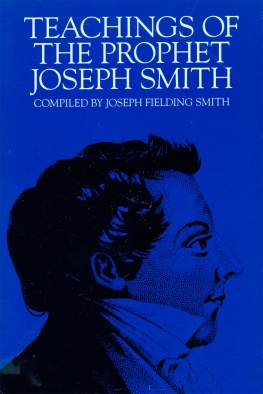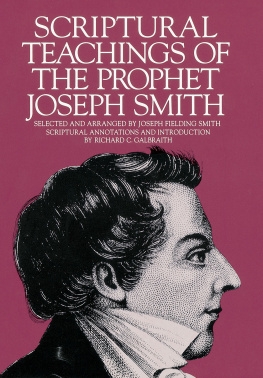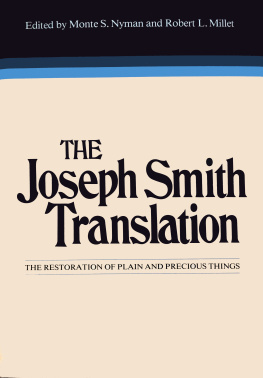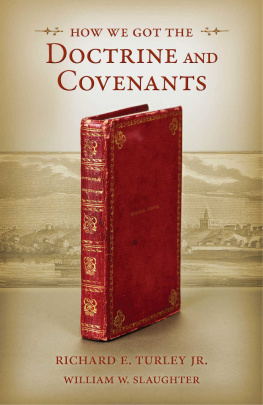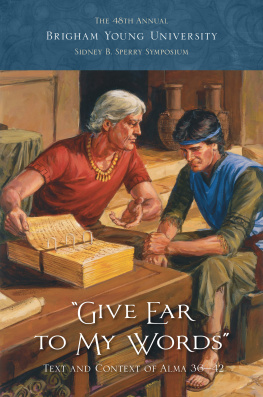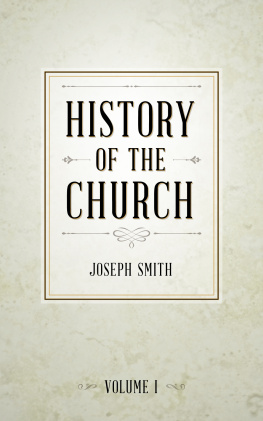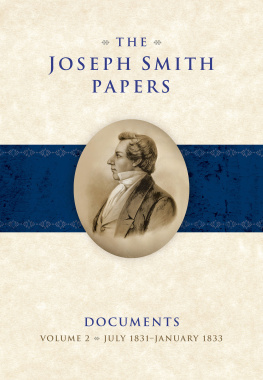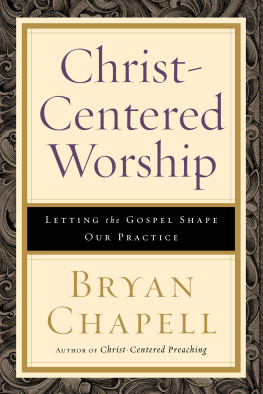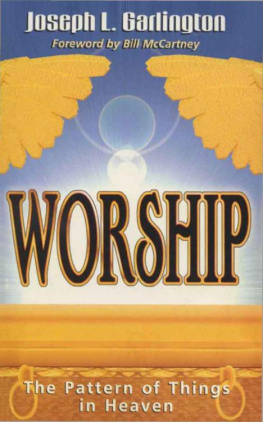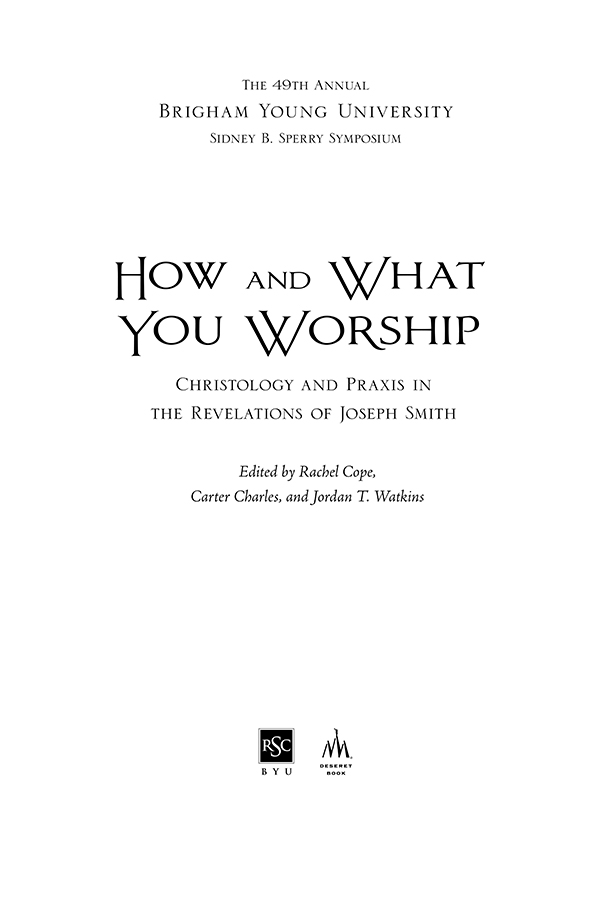Published by the Religious Studies Center, Brigham Young University, Provo, Utah, in cooperation with Deseret Book Company, Salt Lake City, Utah.
2020 by Brigham Young University. All rights reserved.
Printed in the United States of America by Sheridan Books, Inc.
deseret book is a registered trademark of Deseret Book Company.
Visit us at DeseretBook.com.
Any uses of this material beyond those allowed by the exemptions in US copyright law, such as section 107, Fair Use, and section 108, Library Copying, require the written permission of the publisher, Religious Studies Center, 185 HGB, Brigham Young University, Provo, UT 84602. The views expressed herein are the responsibility of the authors and do not necessarily represent the position of Brigham Young University or the Religious Studies Center.
Cover and interior design by Emily V. Strong
Cover image courtesy of Del Parson
ISBN 978-1-9443-9499-8 | eISBN 978-1-64933-002-4
Library of Congress Cataloging-in-Publication Data
Names: Cope, Rachel, editor. | Charles, Carter, editor. | Watkins, Jordan T., editor.
Title: How and what you worship : Christology and praxis in the revelations of Joseph Smith / edited by Rachel Cope, Carter Charles, and Jordan T. Watkins.
Description: Provo, Utah : Religious Studies Center, Brigham Young University, [2020] | Includes index. | Summary: Section 93 of the Doctrine and Covenants deals with concepts that scholars term Christology and praxis. Christology has to do with the study of Christs nature, while praxis involves religious practice. That this revelation should insist on the both the how and the what of worship indicates that knowledge and practice are inseparable. As this volume demonstrates, Joseph Smiths revelations and teachings constitute a unique textual setting to analyze this relationship Provided by publisher.
Identifiers: LCCN 2020018630 | ISBN 9781944394998 (hardcover)
Subjects: LCSH: Jesus ChristPerson and offices. | Smith, Joseph, Jr., 1805-1844Teachings. | Church of Jesus Christ of Latter-day SaintsLiturgy. | Church of Jesus Christ of Latter-day SaintsDoctrines. | Mormon ChurchLiturgy. | Kingdom of God (Mormon theology) | Mormon ChurchDoctrines.
Classification: LCC BX8643.J4 H68 2020 | DDC 232.0882893dc23
LC record available at https://lccn.loc.gov/2020018630
Contents
Introduction
I n 1820 Joseph Smith experienced a glorious theophany that opened an era of restoration. This singular event occurred because one young man acted upon his knowledge of Christ. As a result of such efforts, Joseph received what he had been seeking: forgiveness of his sins. He also received divine instruction, the import of which he only came to understand during the subsequent two decades. While the Father and the Son had appeared to the teenage Joseph and revealed significant truths to him, it took learning, experience, and reflection for him to fully comprehend the profound nature of what he had seen and heard. His efforts to translate the Book of Mormon, organize the Church of Christ, revise the Bible, and restore other sacred scriptures, structures, truths, and practices shed light on his initial encounter with deity. Over time, he achieved a mature understanding of his youthful experience. In his later accounts of what became known as the First Vision, Joseph emphasized the Lords command to not join other churches and the promise that the truth would be made known to him in due time. His successive experiences and ongoing revelations helped him recognize the salience of these early directions. They also gifted him an understanding of what he had heard, as well as what he had seen; they provided him with insight into the nature of God and of Jesus Christ, the beings whom he worshipped and to whom he would consecrate the remainder of his life.
On 6 May 1833, about thirteen years after his First Vision, Joseph received a revelation that expanded his knowledge of Christ and his understanding of how to act upon that knowledge. In drawing upon and clarifying Johannine teachings about the Lord, the latter-day revelation shared truths meant to help early Church members understand and know how to worship and know what [they] worship (Doctrine and Covenants 93:19). This revelatory reworking of the Prologue of John (John 1:118) sheds light not only on the subject of our worship, Christ, but also on the process of how to worship him. Although the immediate context of the revelation remains obscureand perhaps tellingly soit uncovered truths about the nature of Christ, who, according to the account, continued from a grace to grace, until he received a fulness (Doctrine and Covenants 93:13). The revelation went further in linking those truths to the process of worship by instructing its audience to obey Christs commandments, which would allow them to receive grace for grace (93:20). It also clarified that the revealed understanding of the nature of Christ had power to unveil the erstwhile obscured nature of those who worship him.
In addressing both the who and the how of worship, the revelation now known as section 93 of the Doctrine and Covenants deals with concepts that scholars term Christology and praxis . Christology has to do with the study of Christs nature and mission, while praxis involves religious practice and worship. In light of Smiths experiences and revelations, the study of Christ demands attention to the spiritual and intellectual quest (Doctrine and Covenants 88:118) to know the Savior (John 17:3). That section 93 should insist on the how of worship indicates that praxis is inseparable from knowledge of Christ: as King Benjamin taught, it is a mark of discipleship, the outward manifestation of knowledge (Mosiah 5:15). But it is also more encompassing; it is more wholistic. In a revelation dictated by Joseph Smith in 1829, the Lord enjoined those who embark in the service of God to serve him with all your heart, might, mind and strength (Doctrine and Covenants 4:2). Praxis , in other words, also comprises the imperceptible workings of both heart and mind. When knowledge and practice combine, the outward manifestation may be insufficient to convey the intensity and beauty of inner devotion (1 Samuel 1:913).
Although something essential about the interaction between knowledge and practice remains hidden from view, the revelations and teachings of Joseph Smith open up vistas on this relationship and constitute a unique textual setting to analyze its meaning and power. Josephs latter-day scriptural productions and instructions on Christ and discipleship in particular prize learning as both a form of worship and a central component in the process of salvation. In one such revelation, the Lord taught the members, seek ye out of the best books words of wisdom; seek learning, even by study and also by faith (Doctrine and Covenants 88:118).
Latter-day Saint commentary on this passage has a long and illustrious history. After citing it in the introduction to the final volume of his Seventys Course in Theology , early twentieth-century historian and writer B. H. Roberts illustrated the connection between study and faith by referencing another revelatory passage, the one in which the Lord explained to Oliver Cowdery that he had failed to translate the Book of Mormon because he had not studied it out in [his] mind (Doctrine and Covenants 9:8).


